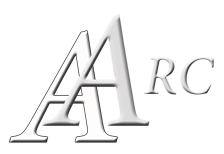|
AARC Public Library Contents Return to: Table of Contents JFK Assassination Reports and Records House Select Committee on Assassinations (HSCA) |
| HSCA Final Assassinations Report |
|
AARC Public Library Contents Return to: Table of Contents JFK Assassination Reports and Records House Select Committee on Assassinations (HSCA) |
| HSCA Final Assassinations Report |
